What to Do with Juicer Pulp? 11 Creative Ways to Use Leftover Juice Pulp
After juicing your favorite fruits and veggies, what do you do with the leftover pulp? Many people discard it simply and don't know its benifits. The pulp from juicing, often to be considered as a juice byproduct, but actually packed with valuable nutrients and fiber. Even though the juice itself contains concentrated vitamins and minerals, the remaining pulp still holds a significant amount of fiber and some residual nutrients.
What are Nutrients in Leftover Juice Pulp?
Even after juicing, the leftover juice pulp is still as a nutritional powerhouse, making it more than just a by-product of juice. The pulp from juicing has a lot of dietary fiber, essential for digestive health. The specific nutrient composition is different, it depends on the fruits and veggies you’re juicing. For example, carrot pulp is rich in beta-carotene. Even though the juice extracts the liquid vitamins and minerals, the remaining pulp still provides a valuable source of nutrients and fiber. The pulp contains a significant amount of nutrition instead of the waste.
Data from ASDA : "U.S. nutrition experts issue “leading indicators” on the nation’s nutritional health. USDA’s national “What We Eat In America” survey data indicate that dietary fiber intakes among U.S. consumers average only 16 grams per day. The problem is that the daily Adequate Intake for fiber is set at 25 grams for women and 38 grams for men!"
Click Here to See 2025 Best Quiet Cold Press Juicer
11 Juicer Pulp Recipes for Using Leftover Juice Pulp
1. Pulp Crackers
Looking for a savory way to reuse fruit and vegetable pulp? Try making pulp crackers! This is one of the most creative ways to transform juice pulp. Most types of fruit and vegetable pulp work well, but carrot pulp or celery pulp adds a slightly sweet and earthy flavor. Experiment with your favorite juice blend for a unique twist. To make pulp crackers, you'll need about:
2 cups of mixed pulp
1 cup of seeds
½ cup of flour
½ cup of water
seasonings to taste.
Mix all ingredients, spread thinly on a baking sheet, and dehydrate or bake at a low temperature. These juice pulp crackers are not only a great way to use the pulp but also offer a boost of fiber and nutrients.

2. Fruit Leather
Using fruit pulp to create homemade fruit leather is a fantastic way to use leftover fruit and satisfy your sweet tooth in a healthy way. Almost any fruit pulp works well, especially apple, berry, or mango pulp, resulting in a chewy, naturally sweet treat. The fruit leather made using fruit pulp offers a concentrated source of fruit sugars.
To make this delicious snack, simply blend pulp with a touch of honey or maple syrup, spread thinly on a parchment-lined baking sheet, and dehydrate at a low temperature for about 6-8 hours. This repurposing method not only reduces waste but also provides a convenient and nutritious snack. The carrot pulp makes a great treat.
3. Broth
Transform veggie pulp into a flavorful and nutritious vegetable broth, a sustainable and creative use of the leftover pulp. Celery, carrot, and onion pulp are particularly well-suited for broth, adding depth and complexity to the flavor. The beet also works.
To make the broth, combine the pulp with water, herbs, spices, and any other vegetable scraps you have on hand. Simmer for about an hour to extract the flavors, then strain the broth to remove the solids. This homemade vegetable broth can be used as a base for soups. Be sure to reuse fruit and vegetable pulp.
4. Dip
Enhance your cheese spread by adding juice pulp for a unique and flavorful twist. Carrot, beet, or celery pulp can impart a subtle sweetness and earthiness to your favorite cheese spread recipe. The addition of the pulp introduces extra fiber and nutrients to your snack. Repurpose this fruit pulp to the max.
To add pulp, simply mix a small amount of veggie pulp into softened cream cheese, goat cheese, or your preferred cheese base. Season with herbs, spices, and a touch of salt to taste. This creative way to use leftover juice pulp transforms a simple snack into a flavorful and nutritious treat. Dehydrate and reuse!

5. Veggie Burgers
Pulp burgers are a creative way to sneak more vegetables into your diet. Using a mix of veggie pulp, such as carrot, zucchini, and beet, can create a hearty and nutrient-dense burger base. The natural fibers bind the burger together, while each veggie contributes its unique vitamins and antioxidants. Use vegetable today.
2 cups mixed veggie pulp
1 cup cooked grains (like quinoa or brown rice)
½ cup breadcrumbs
1 egg (or flax egg for a vegan option)
Form into patties and bake at 375°F (190°C) for 20 minutes on each side.
6. Fruit Tea
Transform leftover fruit pulp into a refreshing fruit tea. Use apple pulp, berry pulp, or citrus pulp for the best results. These fruit remnants are full of natural flavors. Simmer the pulp to release its essence, creating a beverage that is rich in vitamins.
Place about 2 cups of fruit pulp in a saucepan and cover with 4 cups of water. Bring to a simmer and let it steep for 15-20 minutes. Strain the solids and add honey or lemon to taste. Chill for a refreshing summer drink, which results in making fruit tea. This is make a delicious tea.

7. Pulp Smoothies
Blending pulp into smoothies enhances texture and nutrient content. Fruit pulp like apple, berry, or orange will seamlessly integrate, adding essential fiber. Veggie pulp, such as carrot or beet, provides an extra dose of vitamins. This creative way to use leftover juice pulp results in a healthy beverage.
Add about ½ cup of fresh veggie pulp to your favorite smoothie recipe. Combine it with fruits, yogurt, protein powder, and any liquid base. Blend until smooth and enjoy immediately.
8. Energy Bars
Using fruit and vegetable pulp in homemade energy bars creates a chewy, nutrient-packed snack. The pulp from juicing adds fiber, which helps in regulating blood sugar levels and keeps you feeling full longer. This approach turns the leftovers from juicing into practical meals.
1 cup mixed veggie pulp
1 cup rolled oats
½ cup nuts
½ cup dried fruit
¼ cup honey or maple syrup
Press firmly into a lined baking pan and chill for at least 2 hours before cutting into bars. Now that's one of the most creative ways to reuse.

9. Pulp Pancakes
Adding pulp to pancakes is a simple way to increase the nutritional content of a breakfast staple. Carrot pulp lends a touch of sweetness, while zucchini pulp adds moisture and subtle flavor. These veggie-boosted pancakes are a hit with kids. Adding pulp adds great flavor.
Stir ½ cup of fresh veggie pulp into your pancake batter. Cook as usual on a lightly oiled griddle. Serve with your favorite toppings for a fiber-rich breakfast. It's the best way to reuse pulp. Remember - there are creative ways to reuse juice instead of compost.
10. Granola
Baking granola with fruit and vegetable pulp introduces a unique texture and additional nutrients to this classic breakfast or snack item. Apple pulp and carrot pulp work exceptionally well. The high fiber content of the pulp also promotes digestive health. Get your pulp instead of discarding it.
1 cup of fresh veggie pulp
3 cups of rolled oats
½ cup nuts
¼ cup seeds
¼ cup maple syrup
Mix them and spread on a baking sheet and bake at 300°F (150°C) for 30 minutes. Stir occasionally. The end result will be repurposed and tasty.
11. Baby Food
If you have a baby or toddler, consider turning soft fruit and vegetable pulp into homemade baby food. Steamed apple, carrot, or sweet potato pulp can be easily pureed to create nutritious meals that are free from additives. It's one of the most creative ways to reuse. This pulp contains valuable vitamins and minerals.
Steam the fresh veggie pulp until soft, then blend until smooth. Always test the temperature before feeding it to your baby. This method allows you to provide healthy, homemade meals with minimal waste from juicing. You'll enjoy the blend pulp recipes.



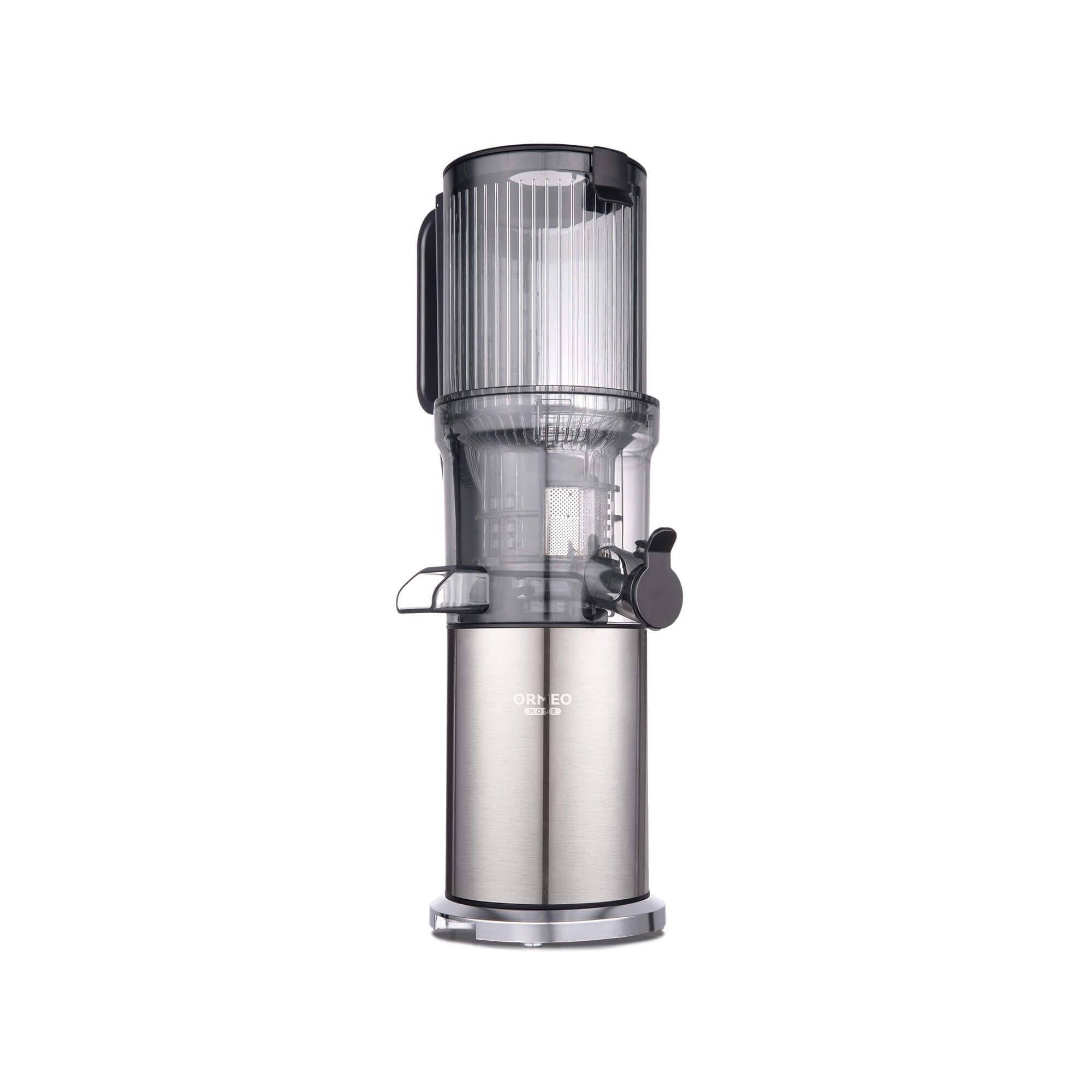
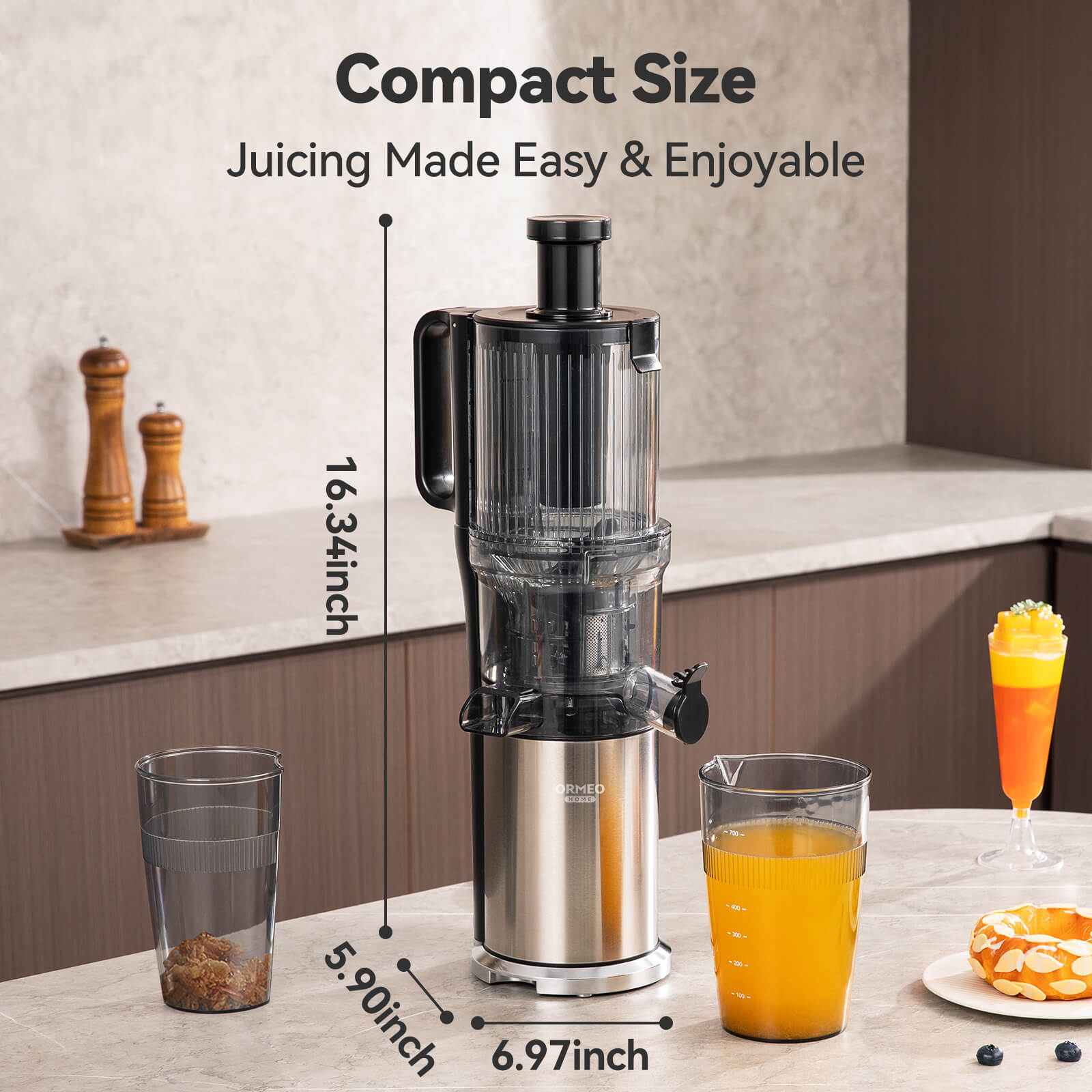
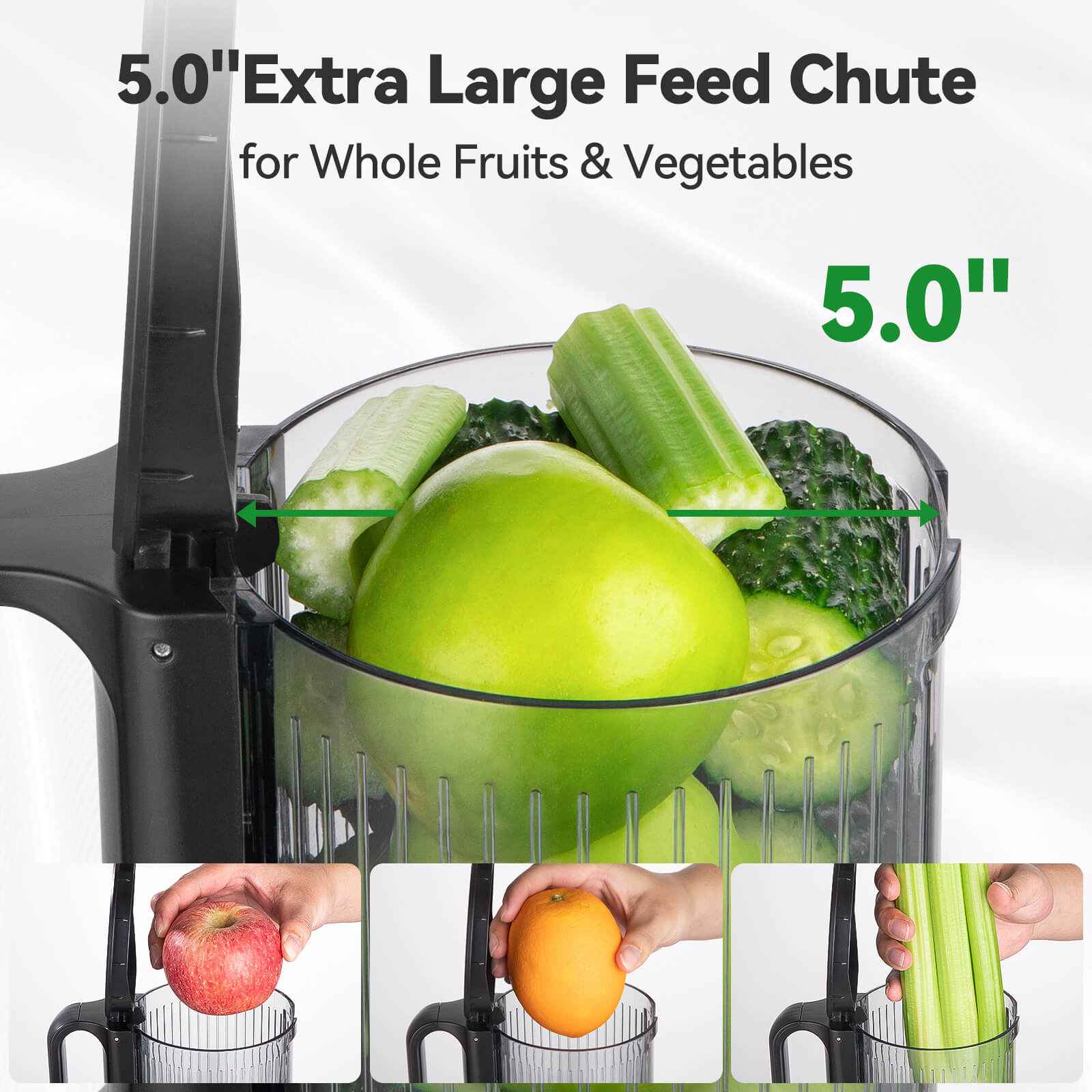
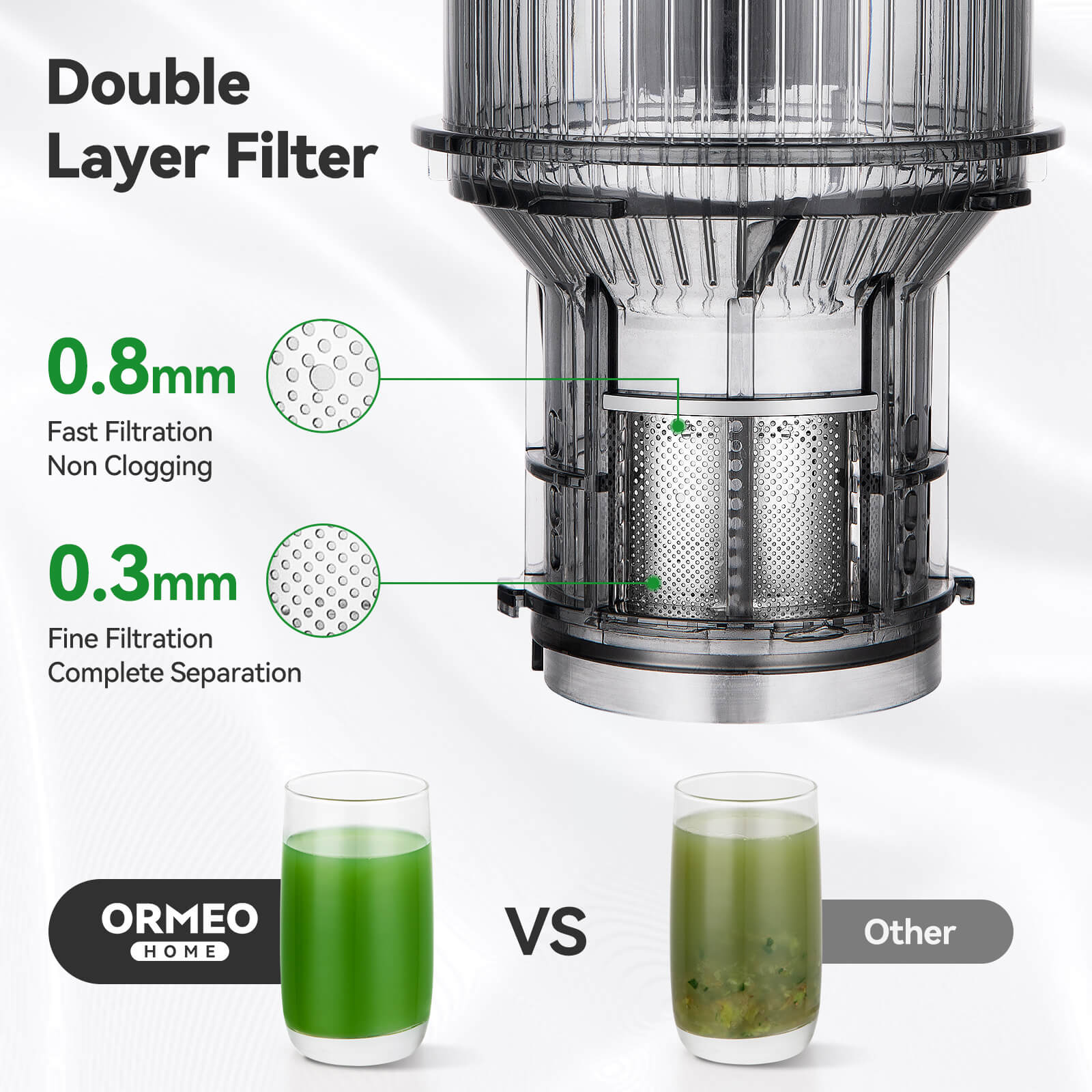
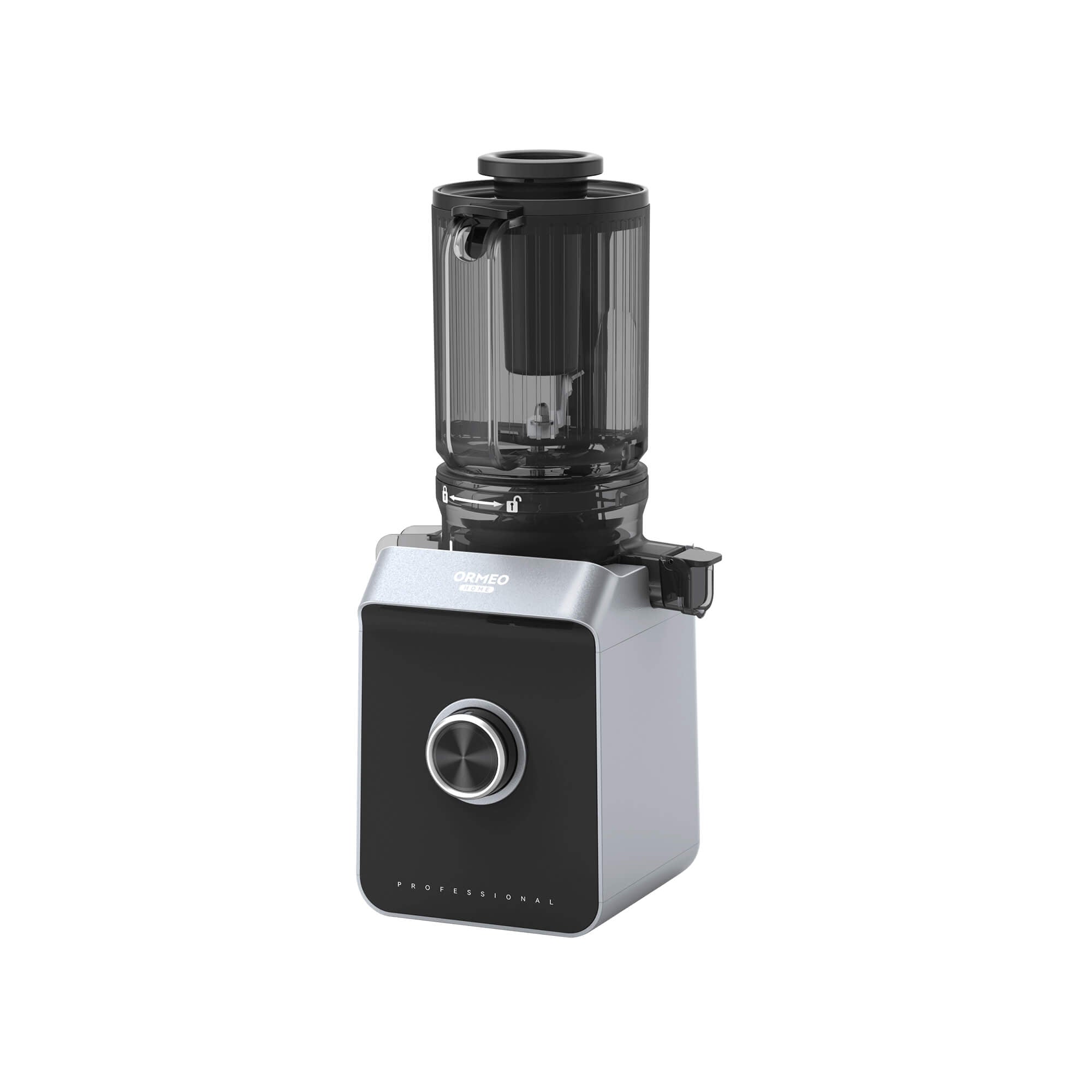
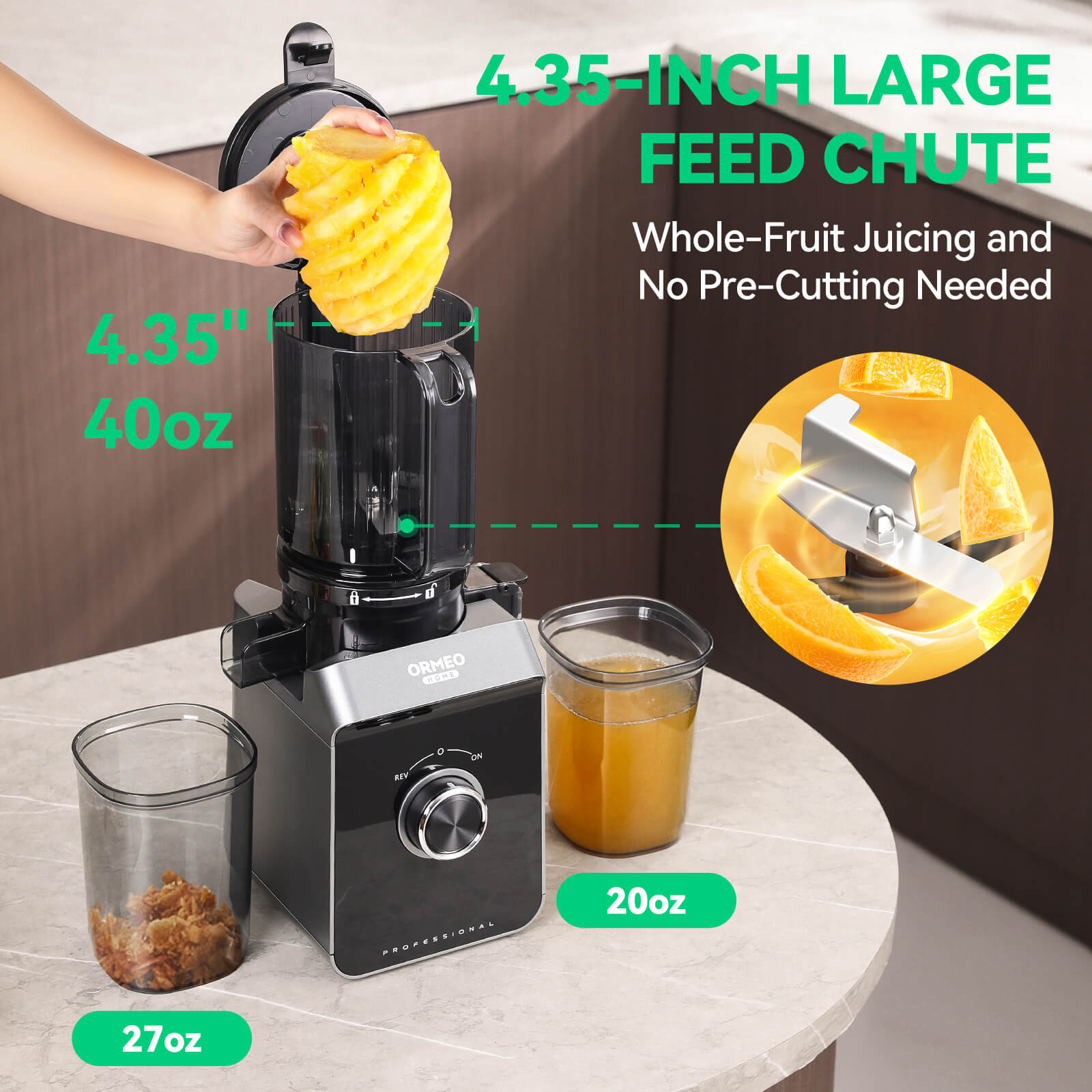

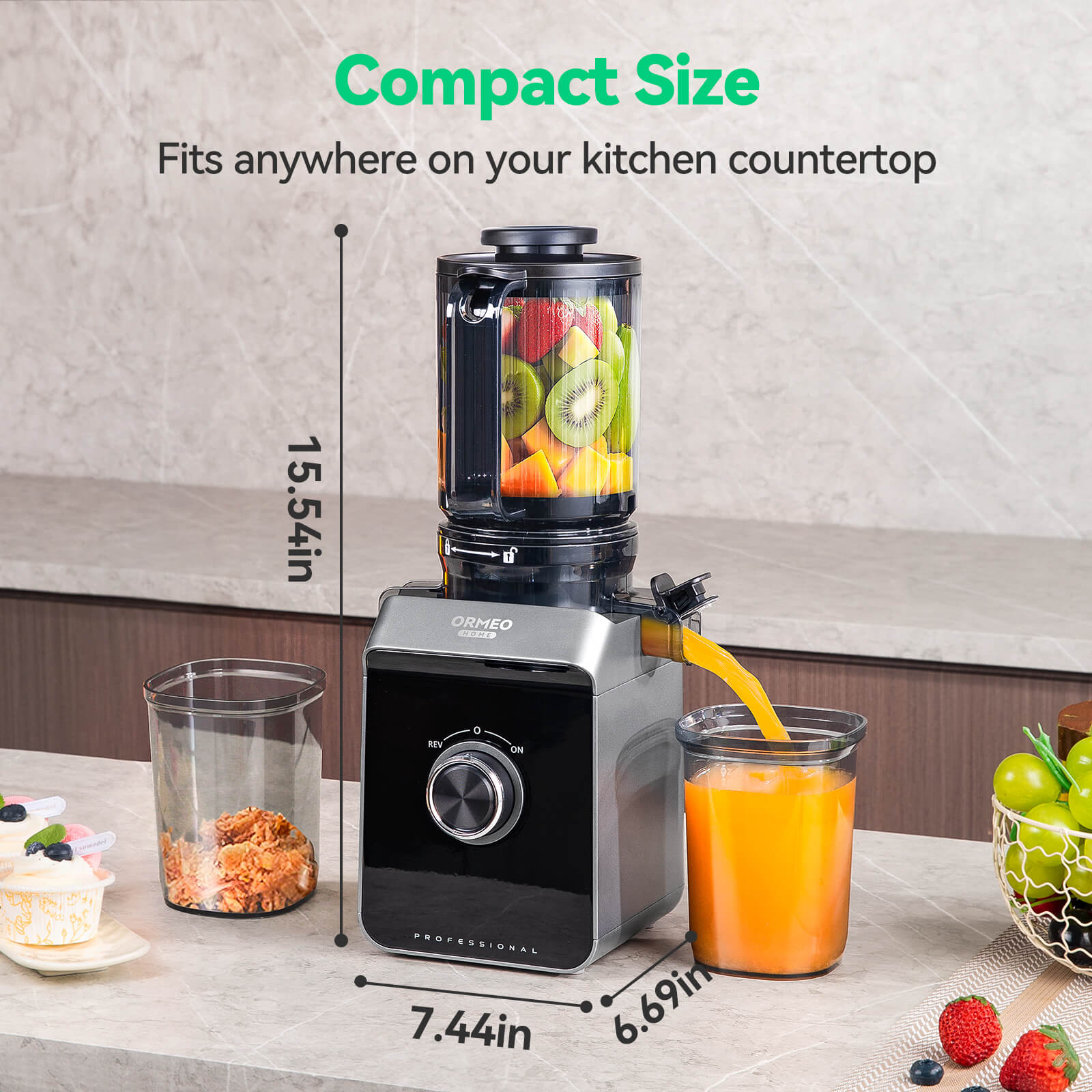
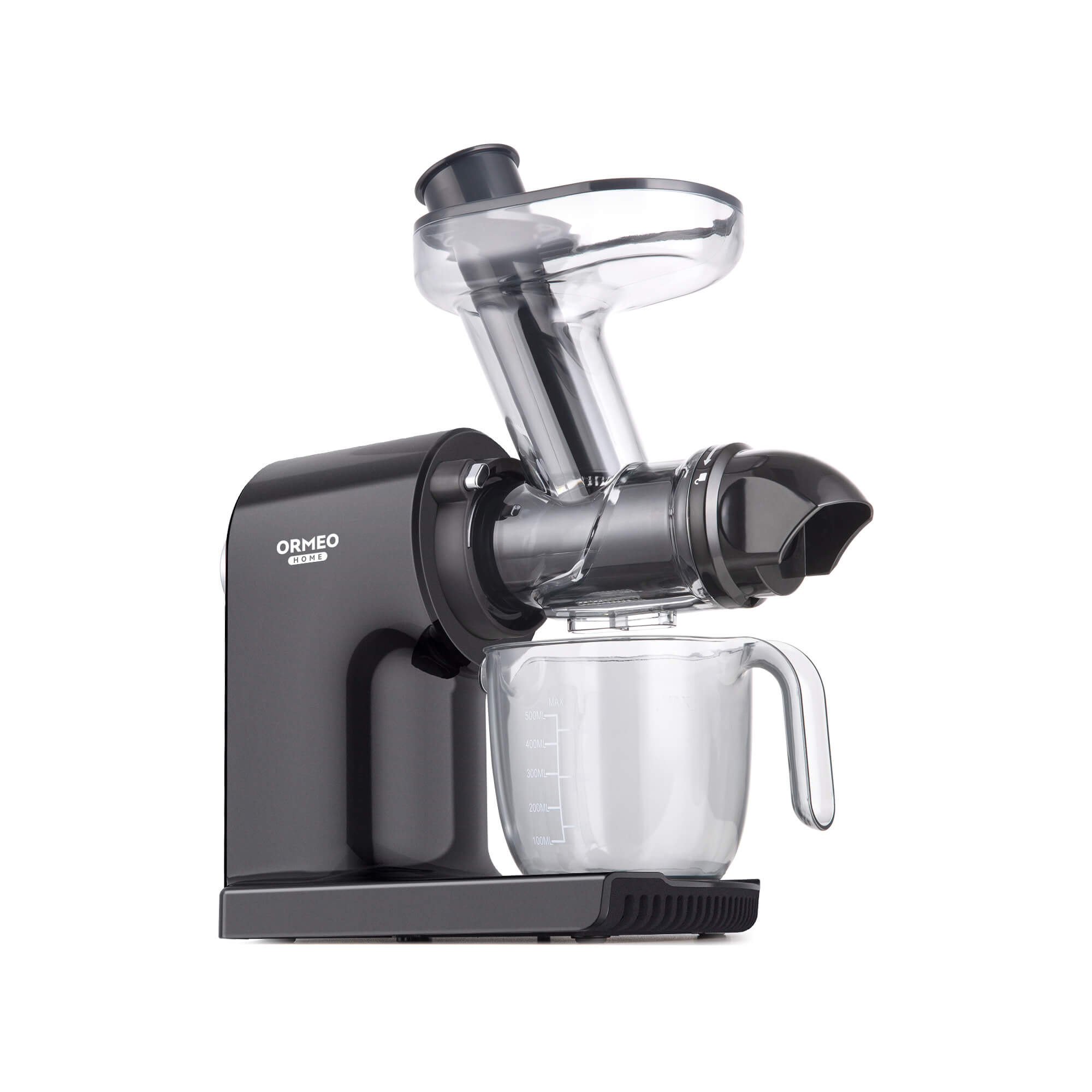
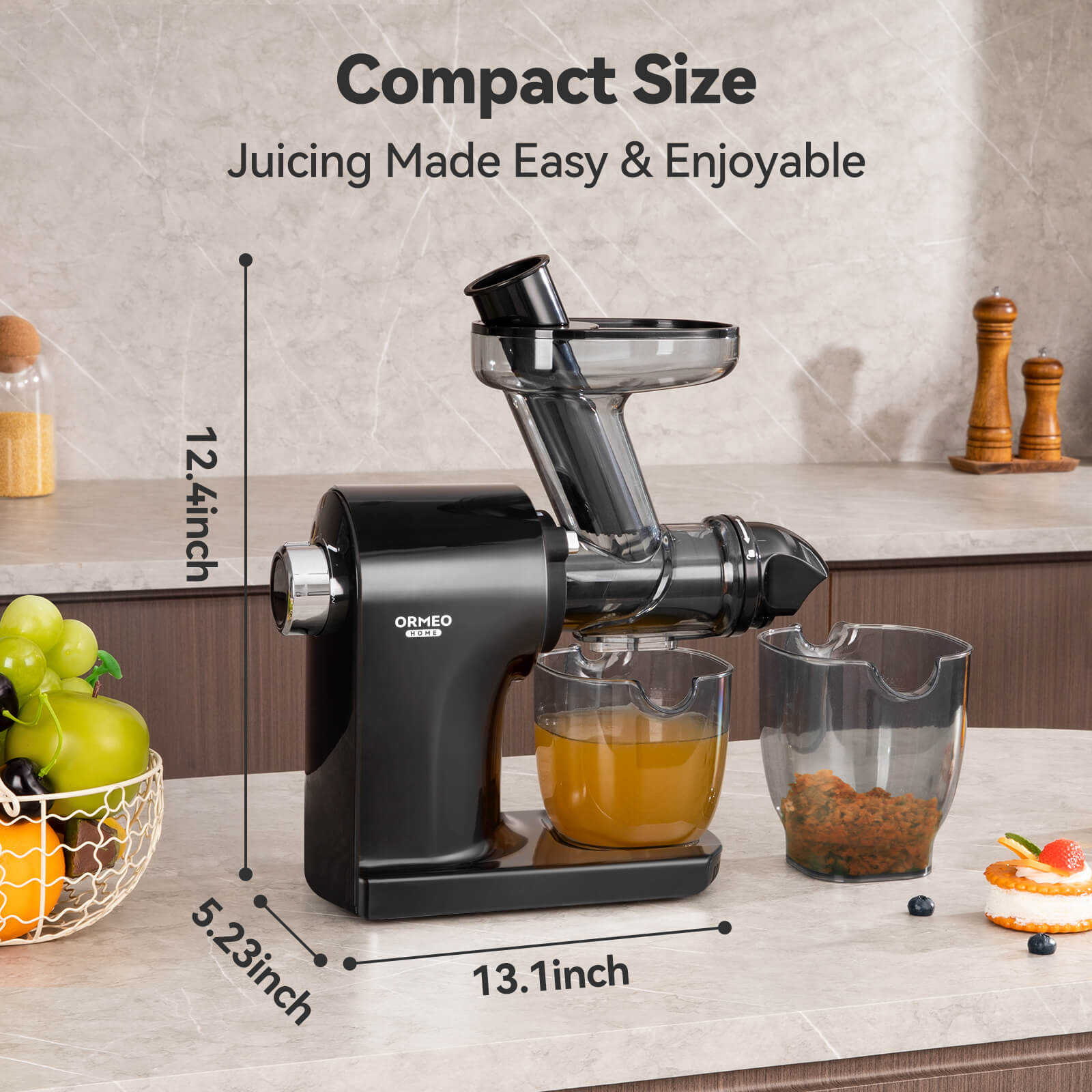
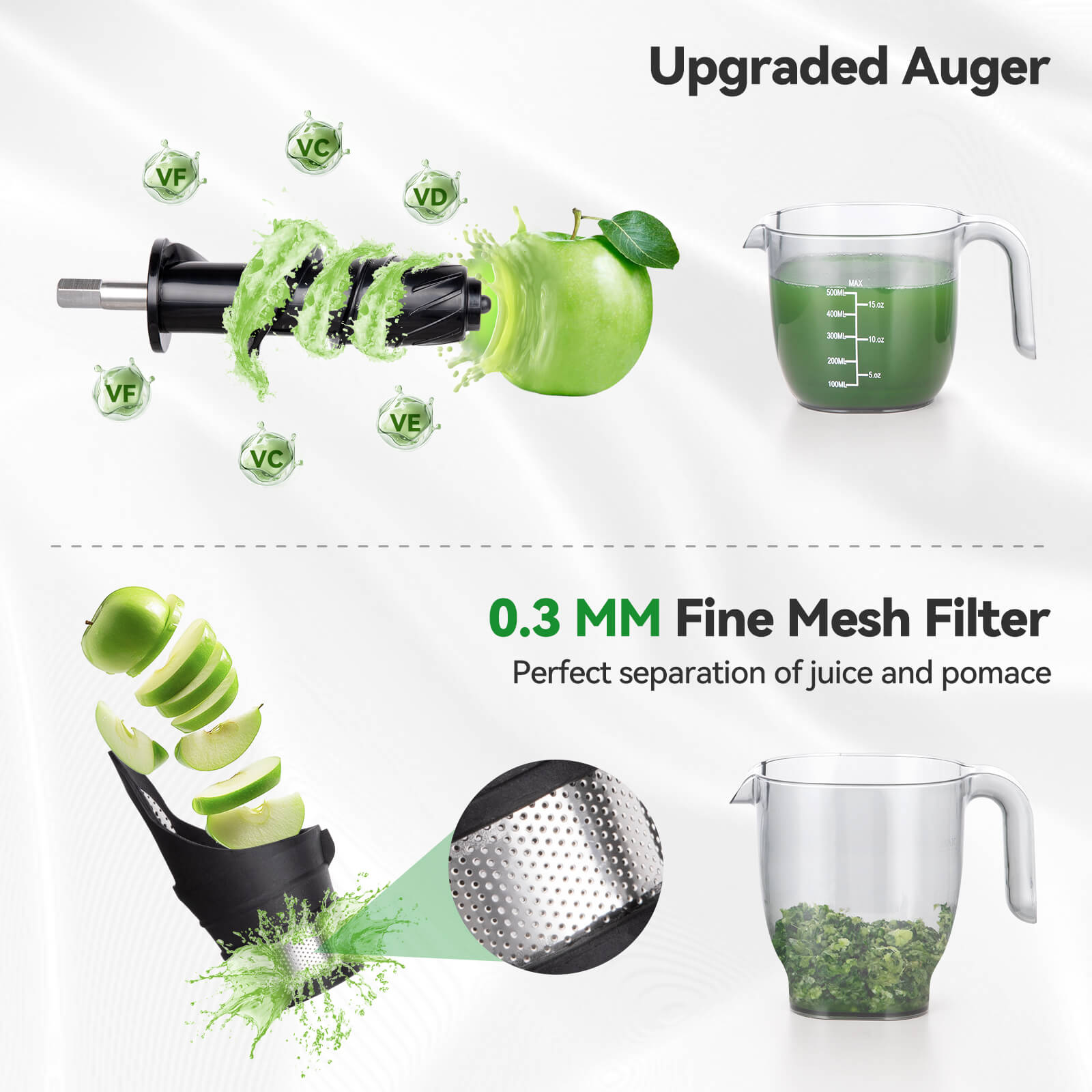
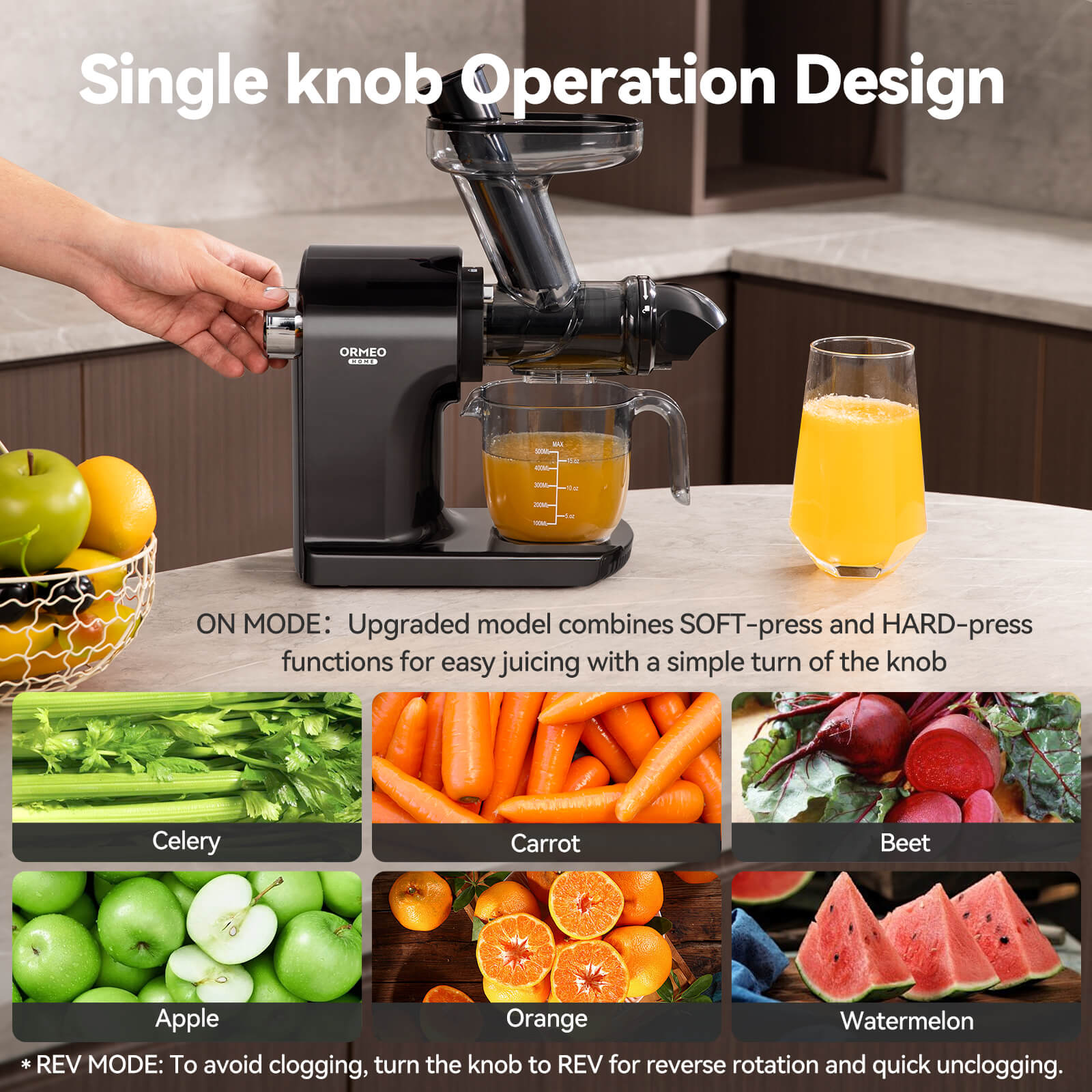
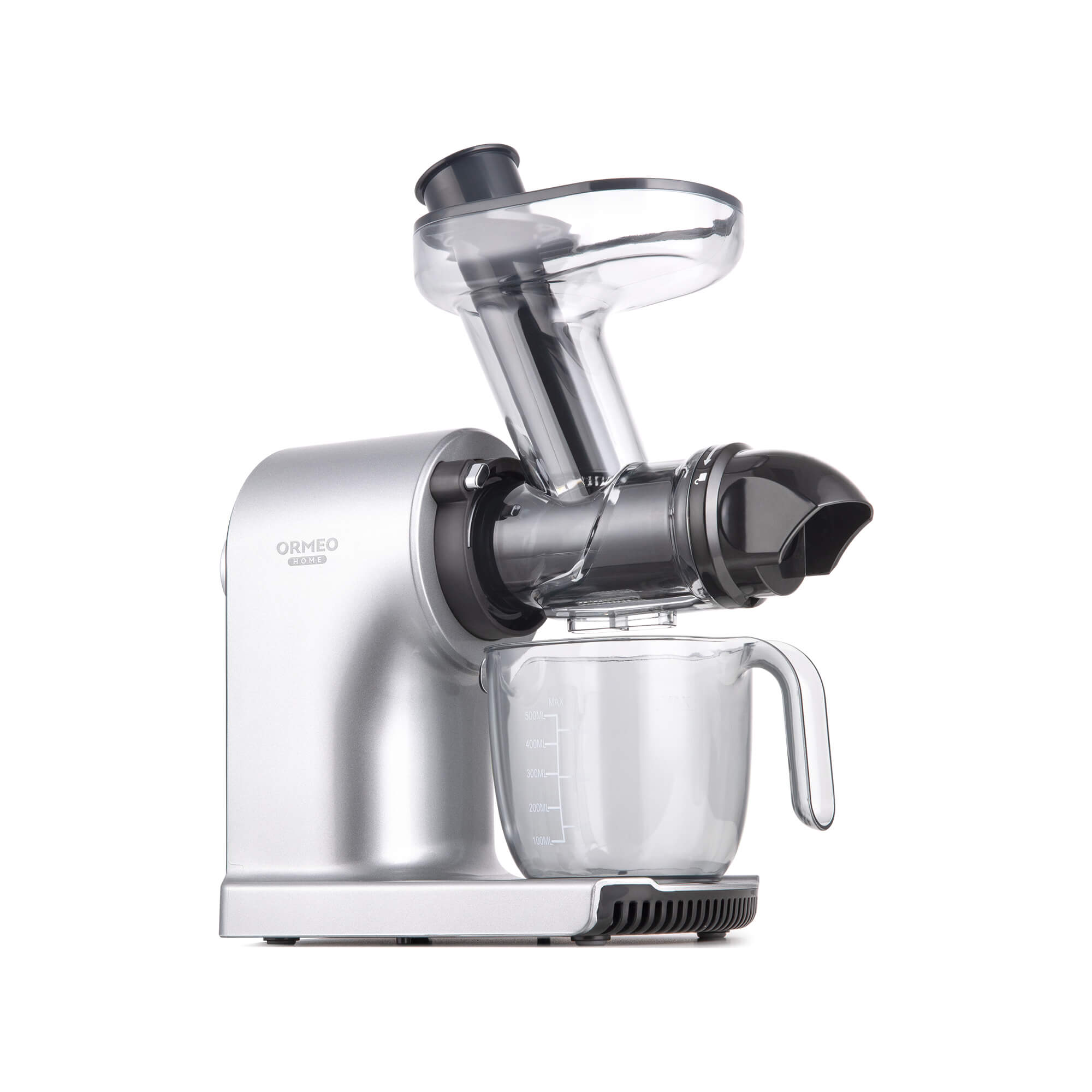
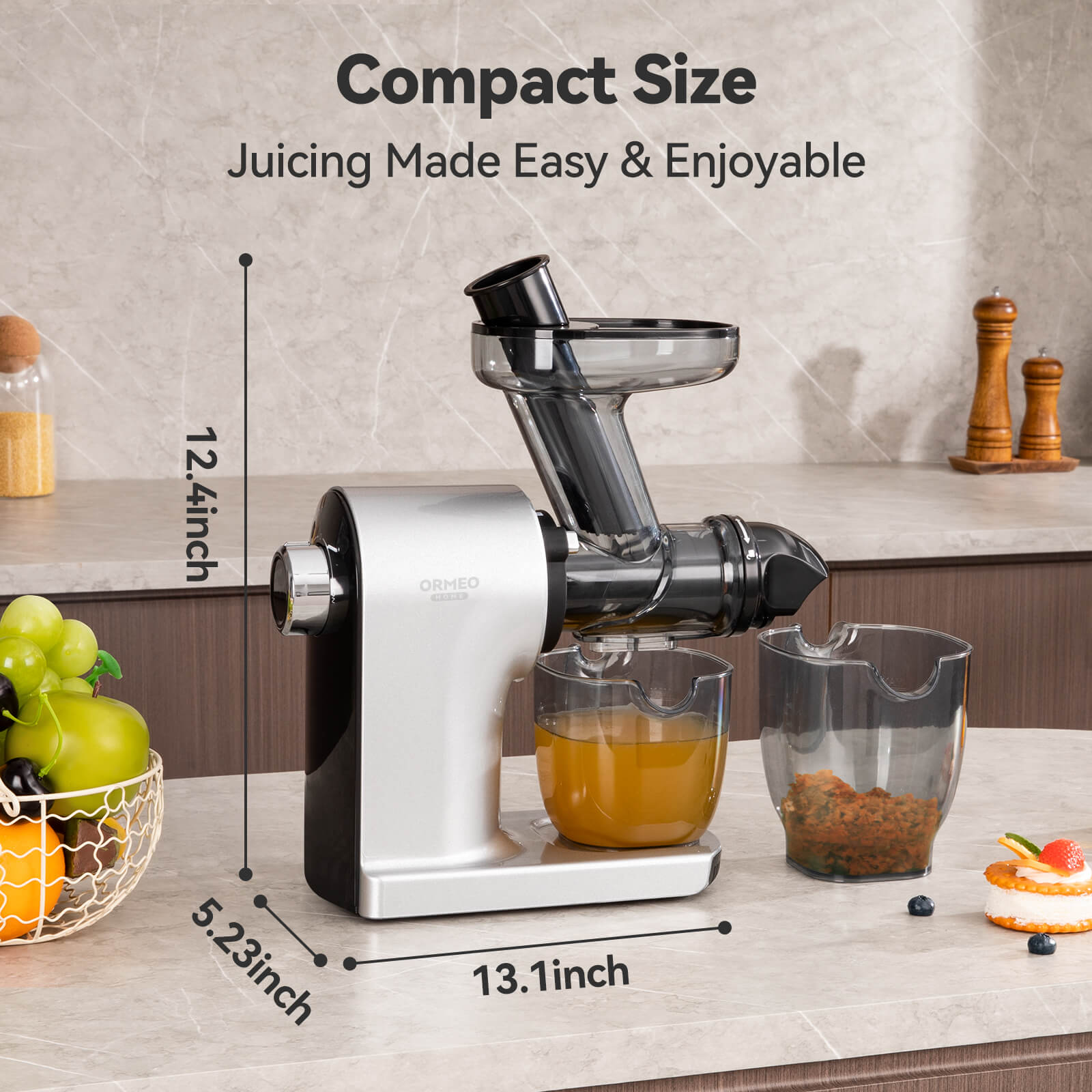
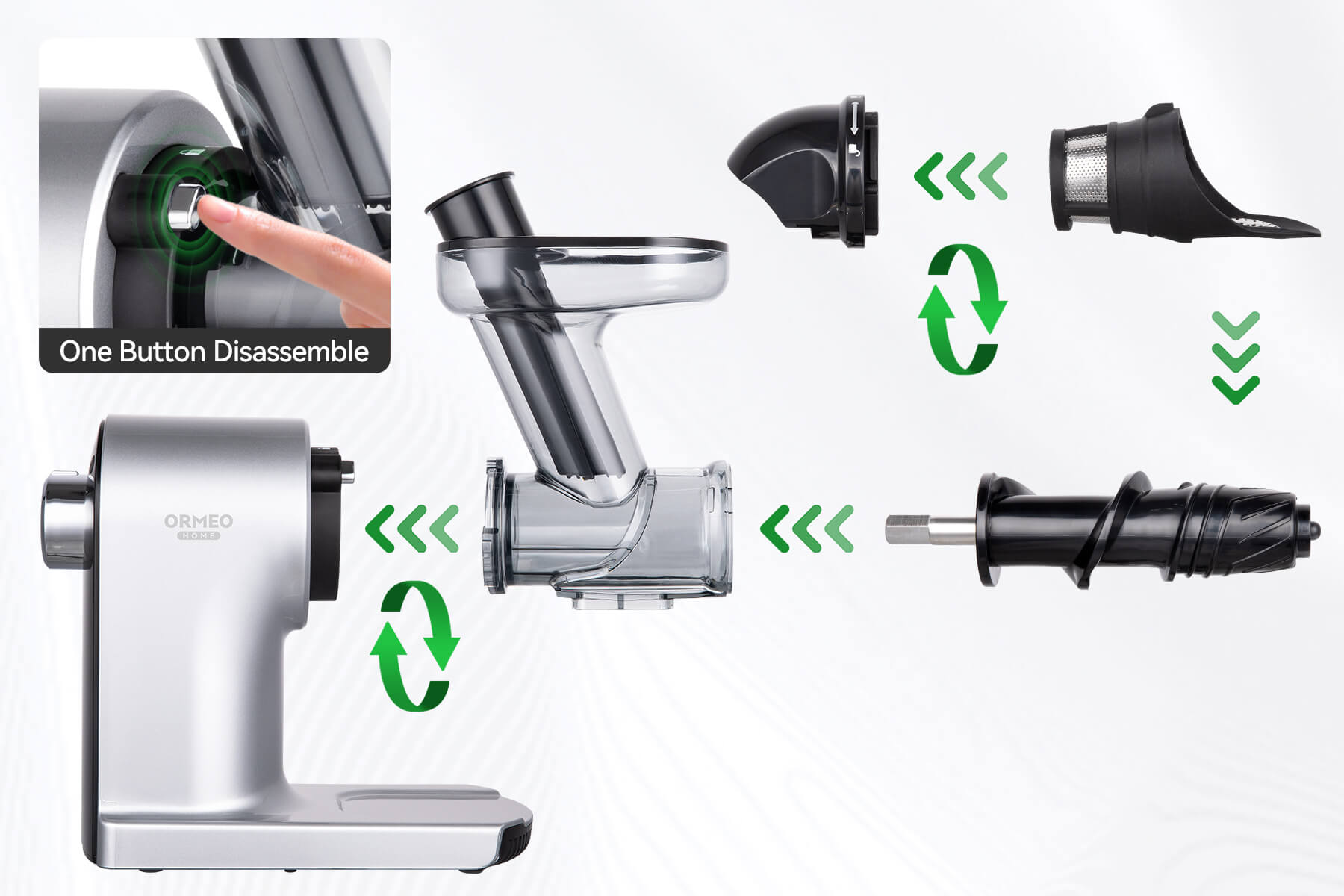
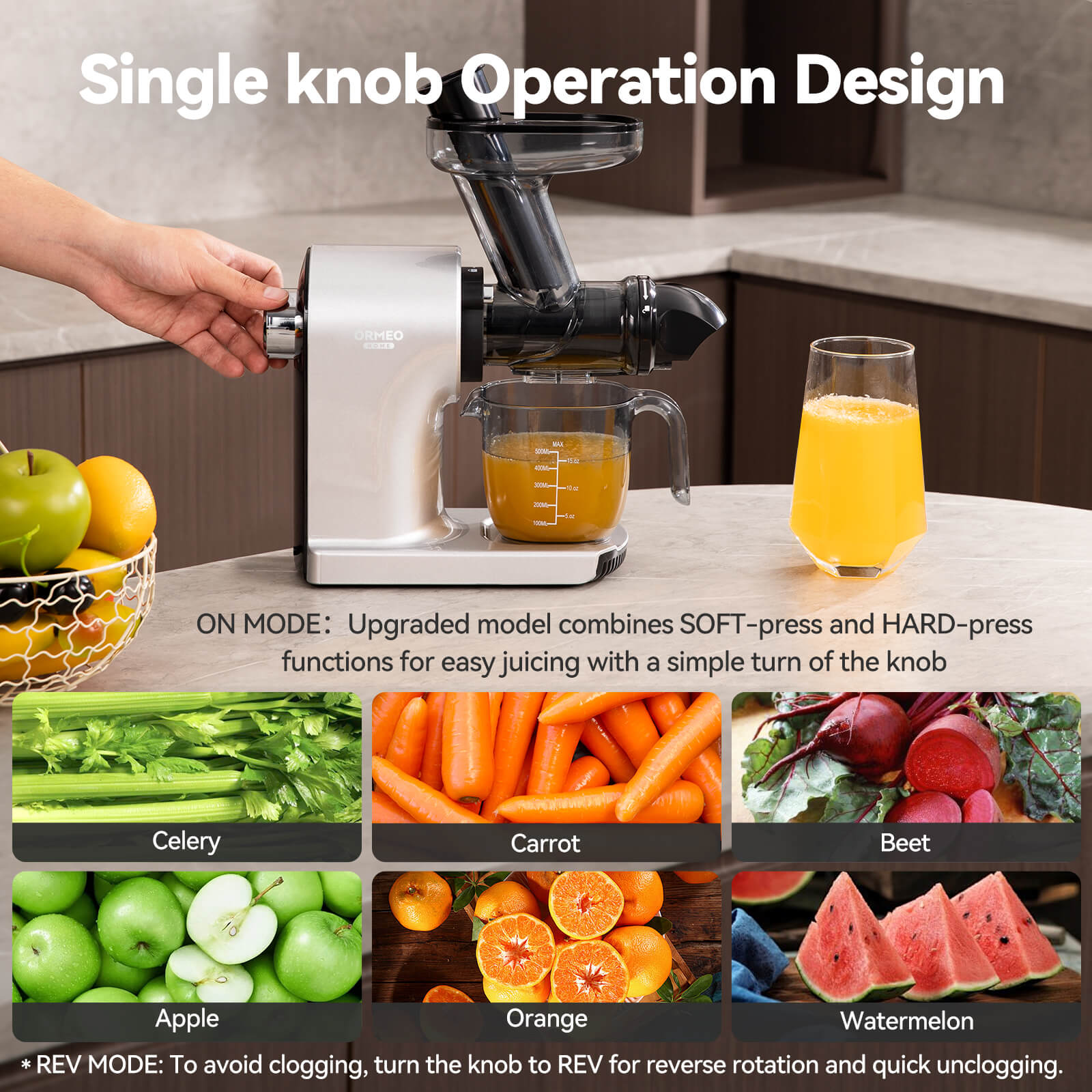
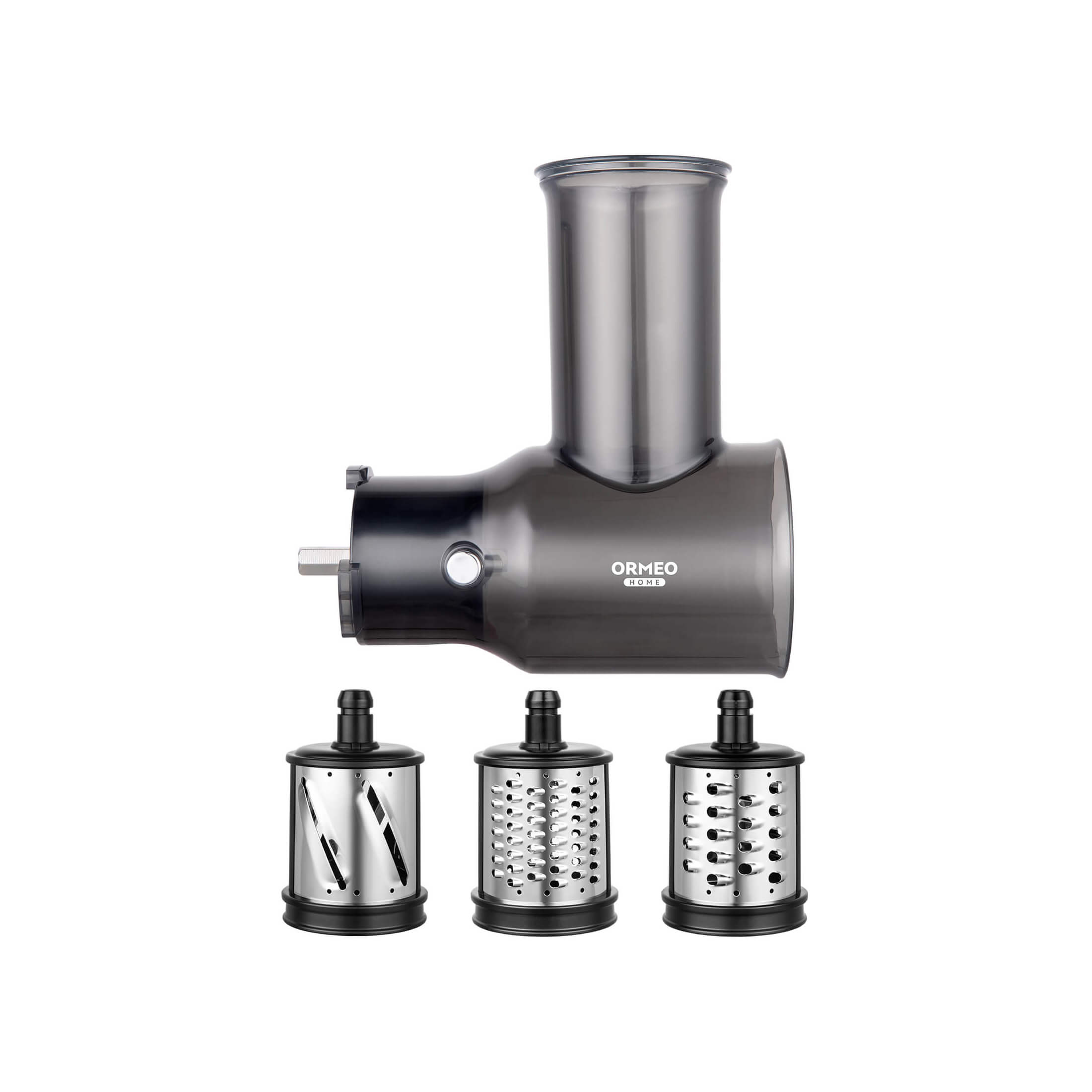

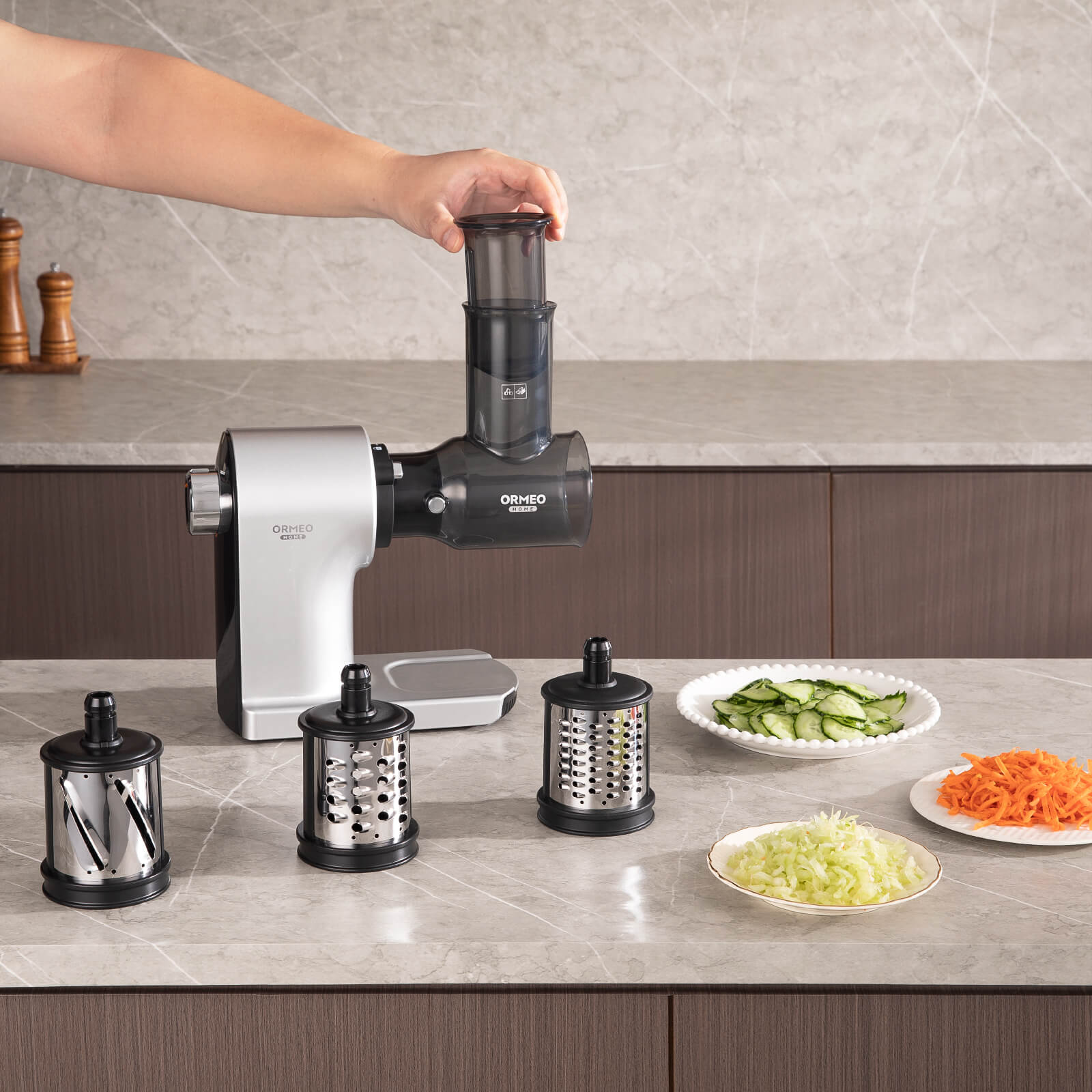
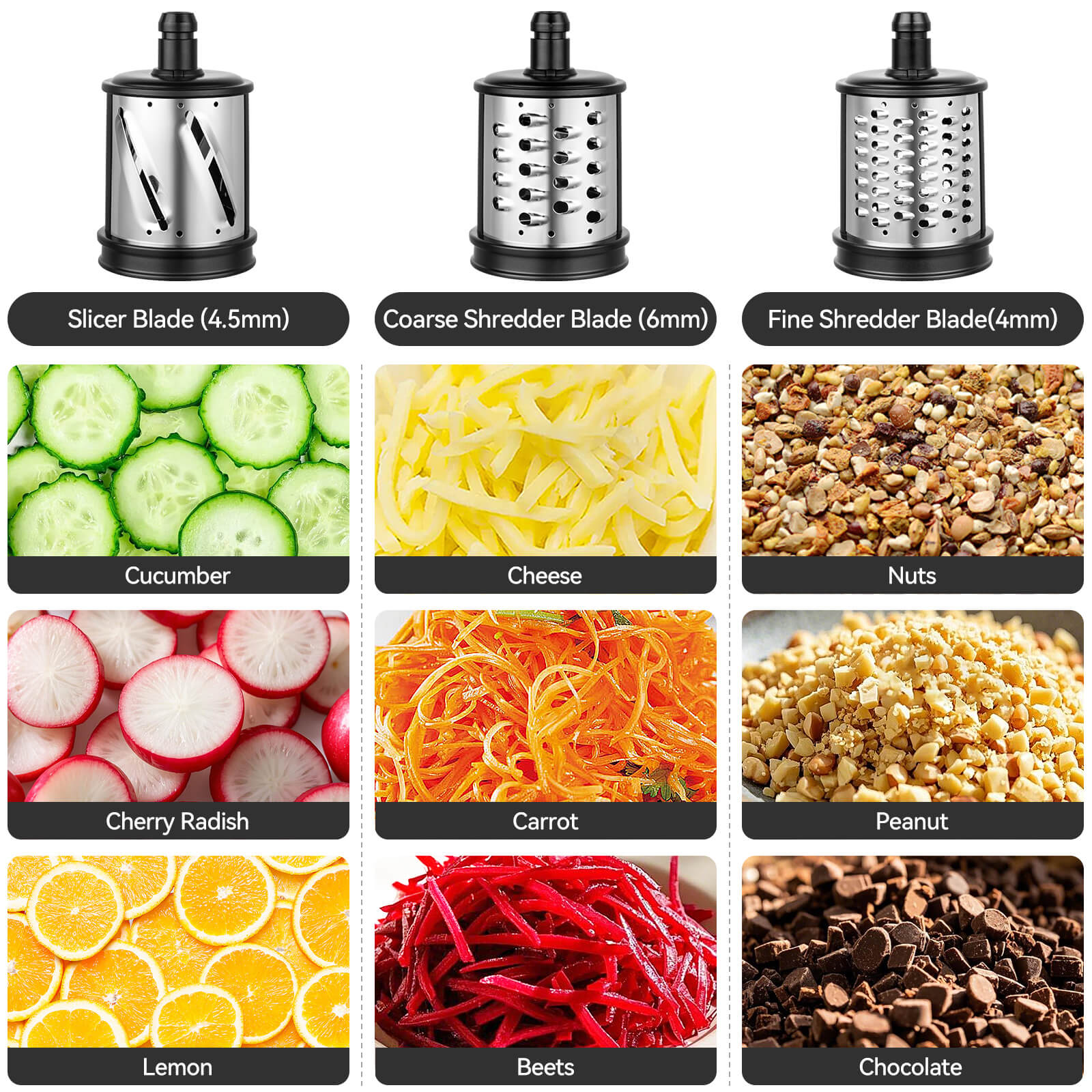
Share:
Cold-Pressed Juice: Is It Really Better? Everything You Need To Know
What Best Leafy Greens For Juicing? The 12 Best Vegetables to Juice For Health